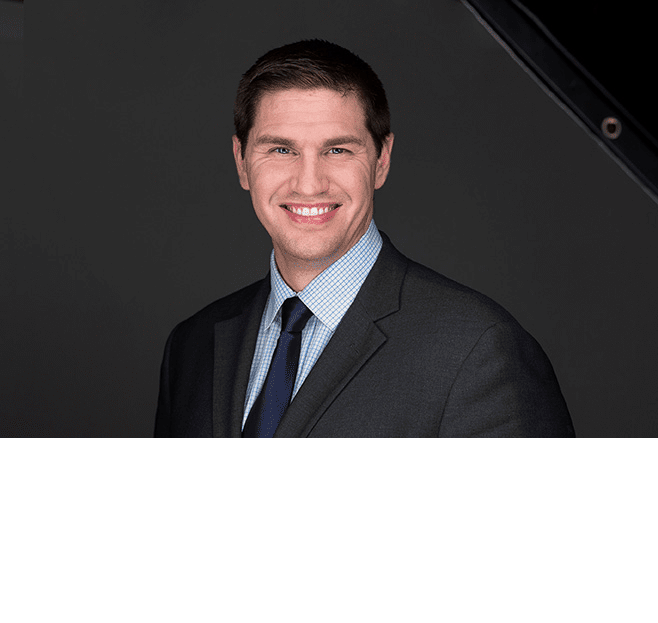

From his small-town roots to Ivy League surgical training, specialization in plastic and facial surgery, and academic practice experience, Dr. Kristopher Day brings a wealth of knowledge and expertise to serve patients throughout the East Side, Seattle and Tacoma area through Pacific Sound Plastic Surgery.
Dr. Day is double-board certified in plastic, reconstructive and general surgery and has completed a competitive sub-fellowship in pediatric plastic and craniofacial surgery.
Dr. Day loves the opportunity to address each patientʼs unique concerns with a creative and personalized approach that delivers their best outcome and life enhancement.






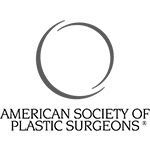

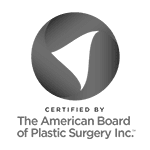
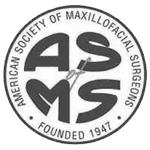

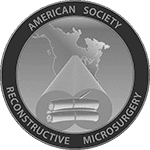

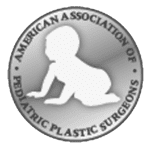



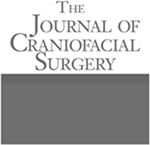
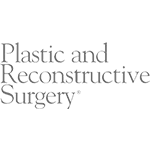

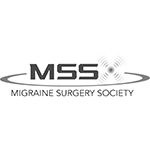





Click the button below to book your consultation with Dr. Kristopher M. Day at Pacific Sound Plastic Surgery in Bellevue Washington.

Spring is all about fresh starts, glowing skin, and a little self-care! What better way to refresh your look than with our Spring Rejuvenation Special?


Body Aesthetics
TARGETED. NATURAL. LASTING. For many people, body confidence isn’t about perfection — it’s about harmony. The smoothness of the skin, the balance of contours, and the natural fullness that feels authentic to you. Until recently, achieving all three required multiple procedures or invasive surgery. Now, two groundbreaking innovations — alloClae™ and Avéli® — have changed […]
Kristopher M Day
0 Comments
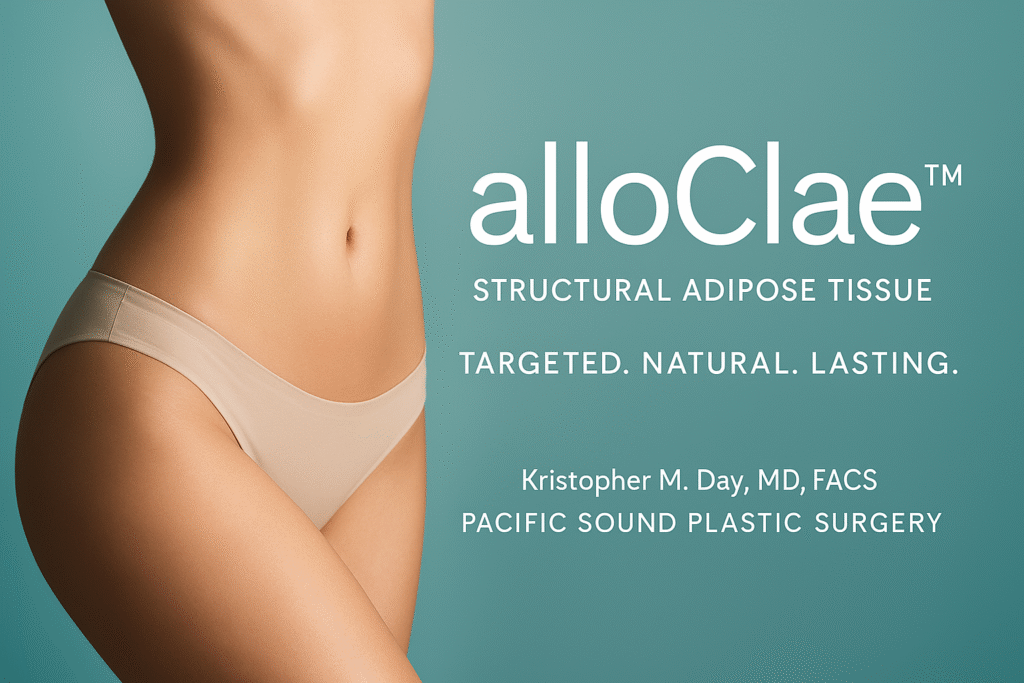
Body Aesthetics
TARGETED. NATURAL. LASTING. At Pacific Sound Plastic Surgery in Bellevue, WA, Dr. Kristopher M. Day, MD, FACS, is proud to introduce alloClae™ — a groundbreaking advancement in aesthetic medicine that redefines what’s possible in body contouring. For patients seeking natural enhancement without surgery or extended downtime, alloClae™ offers a powerful new way to restore volume, […]
Kristopher M Day
0 Comments

Non-Surgical Services
TARGETED. PRECISE. LASTING. Cellulite affects nearly 90% of women at some point in their lives — even those who maintain a healthy diet and exercise routine. While countless creams, massages, and laser treatments promise results, few address the true cause beneath the skin. At Pacific Sound Plastic Surgery in Bellevue, Dr. Kristopher M. Day, MD, […]
Kristopher M Day
0 Comments
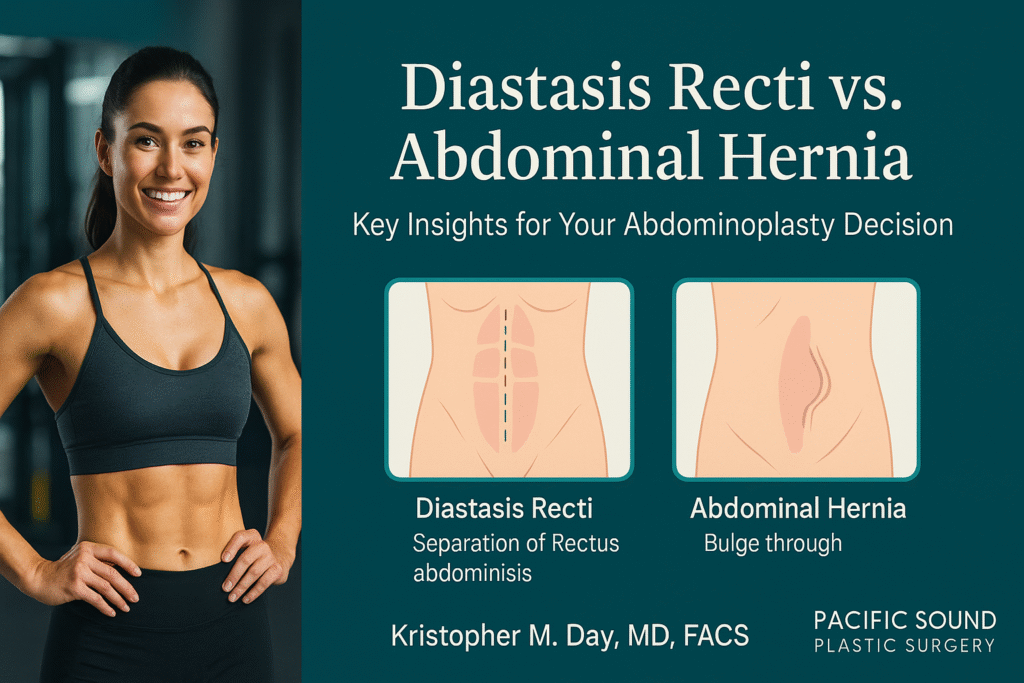
Rectus Diastasis
Welcome to Pacific Sound Plastic Surgery, where Dr. Kristopher M. Day, MD, FACS, offers expert guidance and transformative cosmetic and reconstructive procedures in Bellevue and Seattle, Washington. As a double-board certified plastic surgeon specializing in facial plastic surgery, Dr. Day combines advanced surgical techniques with personalized care to help you achieve your aesthetic goals with […]
Kristopher M Day
0 Comments
+1 (425) 818-8991
info@PacificSoundPlasticSurgery.com Check out our Blog
1260 116th Avenue NE, Suite 100; Bellevue, WA 98004-3800
Copyright © 2024-2025 Pacific Sound Plastic Surgery | Dr. Kristopher M. Day, MD, FACS | Kristopher M Day PLLC